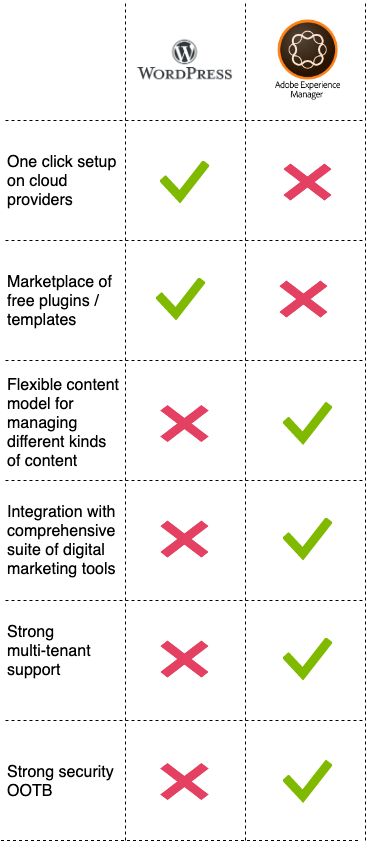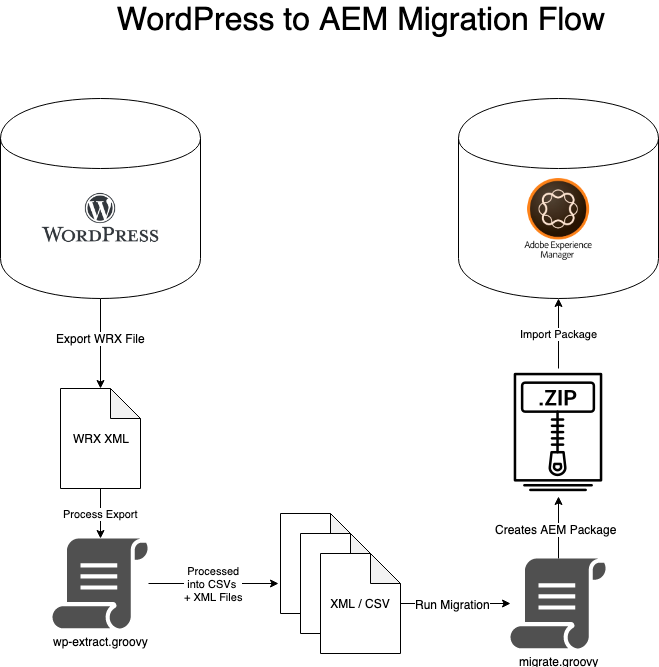Have you ever found out you owned a website you never knew about? Do you regularly get emails with “comments” about certain types of enhancement and EXPERT SEO SERVICES!!!? Does your ITSec know the website you’re calling about before you tell them it’s compromised? If so, you may have a case of WordPress.
WordPress is a common infection and spreads rapidly. All it takes is one employee with a credit card and desk far enough away from IT and marketing and next thing you know you have a full-blown pandemic of “temporary” ill-branded microsites.
Thankfully, an outbreak of WordPress can be cured with a full panel of server antibiotics and Perficient’s Open Source WordPress to AEM migration tool.
Why not WordPress?
In all seriousness, while WordPress is an easy tool to get started with a blog, in larger organizations, it’s a struggle to keep multiple WordPress instances secured, performant, aligned with brand / IT standards. Having additional websites, systems, and hosting providers adds complexity to maintain an organization’s digital presence. So, aligning on a single, enterprise platform eases the burden on IT and marketing teams.
Given that you’re reading a post by an Adobe architect, it should be no surprise that I’d recommend Adobe Experience Manager as an enterprise Digital Experience Platform. The Adobe Experience Cloud allows your organization to manage content across multiple sites and build an integrated, personalized digital experience using a single suite of tools.

Getting to AEM
AEM has a much more flexible and complex content model than WordPress. In WordPress, each piece of content, including pages, posts and assets, is represented as a single document with content and metadata. Each widget on the page is represented as markup inside the content. In AEM, all content is represented as a complex element where the content and metadata are one and the same.
Additionally, WordPress’ default export mechanism exports the content as a single WRX (extended RSS) file. This supports transfers between instances of WordPress but requires some work to transfer to another system.

To overcome these challenges, Perficient developed tooling to transform content from WordPress to AEM. This is a four-part process:
- Extract the content from WordPress in a WRX file
- Transform the content into separate files and Metadata CSV files using the WordPress Extract Script
- Create a content package with the AEM Migration Script
- Load the content using the AEM Package Manager
At the end of the process, your content will be fully converted into AEM content, mapped into appropriate templates and components, and ready to publish. The process even takes care of downloading images and packaging them up to be loaded into AEM Assets.
Seeing is Believing
Excited about the prospect of consolidating your disparate WordPress sites to AEM? Contact us and send us your WordPress WRX export and we’ll demo mapping your content into AEM.
Trying it out on your own and have questions? Leave a comment below!


It would help if you had safe security, so your site never gets compromised. This blog is worth reading as it talks about the application you can use to protect your site.